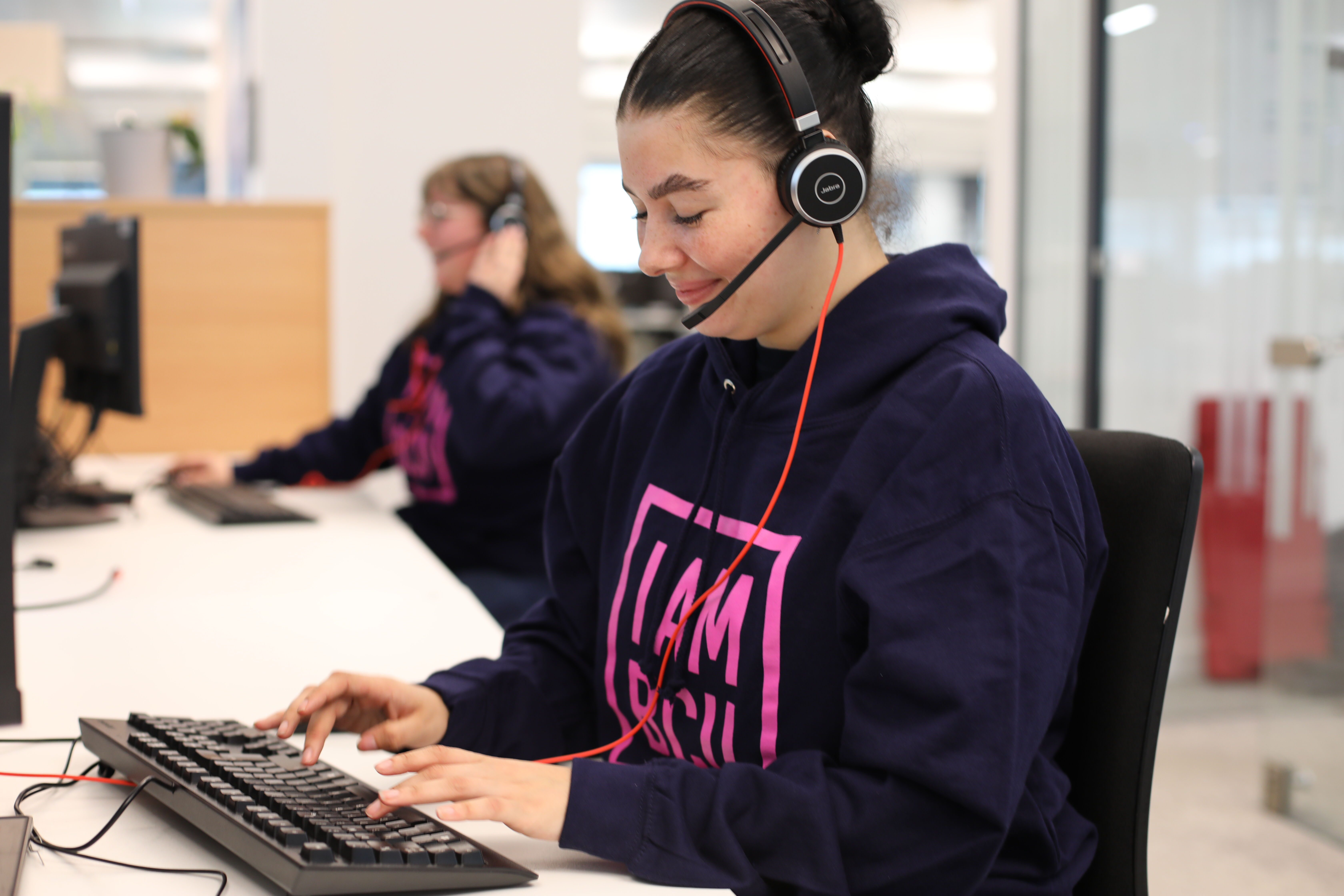How to give the perfect presentation
What makes a great presentation? There are lots of different ways to deliver a presentation, but there are six key factors that will make it a success.
1. Content
Are you covering everything you have been asked to talk about? Does the information suit your audience? Make sure your content is simple, addresses the purpose of the presentation and is easy for the audience to follow.
If possible, try to avoid memorising a script, as it might throw you off when you realise you’ve tripped up. Instead, make the effort to understand your content and the topic you’re presenting. The more confident you are of your own knowledge, the easier it will be to speak about.
2. Design
When designing your presentation, it's important to remember that less is more. Too much information or too many special effects will take away from the point you're making. An ideal slide will contain a headline, three to six bullet points and a picture or graph.
Make sure you take a step back and have a look at your presentation once it’s done. Even better, ask your friends or family to take a look from a fresh perspective.
3. Delivery
Talk clearly and not too fast or too slow. Also make sure you’re talking to your audience, not your screen!
Don’t forget that your tone of voice can also affect your delivery. You can be formal or more casual when delivering a presentation but try not to be monotone. Putting emphasis and emotion into your words will show your passion for the subject and make it more interesting for others.
4. Body language
Good eye contact is key during a presentation. It will help your audience to engage with you. Plus, picking three or four people in the room to look at regularly helps deal with nerves, as it feels like you're talking just to them.
Use gestures to emphasise your points but watch out for nervous actions like touching your face or swaying from side to side. Most importantly, get comfortable before you start presenting and remember to smile!
5. Practise
Once you’re happy with your presentation, stand up in front of a room (even if it’s empty) and rehearse your slides.
This will help you get used to the content and the pace of the presentation. It will also improve your confidence.
Get someone to watch you or use your phone to film yourself. It’s not easy to watch yourself back but it will help you spot any nervous actions or places where you keep slipping up.
6. Be positive
Visualise the presentation as a success. Try to push all the negativity out of your brain and tell yourself the presentation will go well.
Your audience is probably looking forward to hearing from you and won’t be as critical as you are about your own presentation skills, so relax, you’ll do great!

